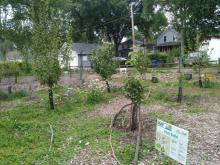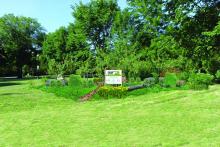Permaculture Principle 4: Apply self-regulation & accept feedback
By Tim Sonder, Education Chair
This principle requires us to be open, to see and accept both the reality of the result of our actions (or inactions) and listen to and consider criticism from others.
It requires us to go back to Principle 1— and once again really observe and interact.
Self-regulation is something natural systems do without “thinking.” They must change to match the reality around them, and we can model our behavior on that natural feedback loop.



